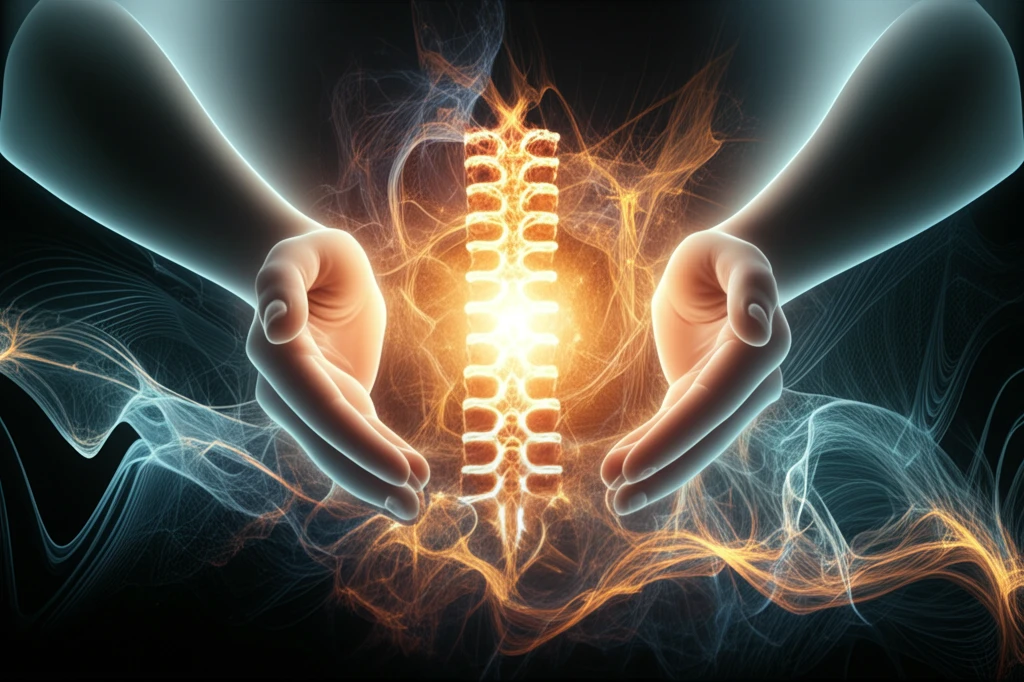
Unlock Your Spine's Potential: A Beginner's Guide to Manual Physical Therapy
"Discover how manual physical therapy can alleviate pain and improve mobility, leading to a healthier, more active life."
Do you experience persistent back pain, stiffness, or limited mobility? These issues can significantly impact your daily life, making even simple tasks challenging. Manual physical therapy offers a hands-on approach to addressing these problems, focusing on restoring proper spinal function and alleviating discomfort.
Unlike traditional physical therapy that often relies on exercises and machines, manual therapy involves skilled therapists using their hands to diagnose and treat musculoskeletal imbalances. This can include joint mobilization, soft tissue techniques, and other specialized methods tailored to your specific needs.
This comprehensive guide will introduce you to the fundamental principles of manual physical therapy for the spine. We'll explore the various techniques, discuss the benefits, and provide practical advice on how to find a qualified therapist to help you unlock your spine's potential.
What is Manual Physical Therapy for the Spine?

Manual physical therapy is a specialized branch of physical therapy that focuses on the hands-on treatment of musculoskeletal conditions. For the spine, this involves assessing and addressing joint restrictions, muscle imbalances, and nerve impingements that can contribute to pain and dysfunction. Therapists use a variety of techniques to restore proper movement, reduce pain, and improve overall function.
- Joint Mobilization: Gentle, controlled movements to restore joint mobility and reduce stiffness.
- Soft Tissue Mobilization: Techniques to release muscle tension, reduce adhesions, and improve tissue flexibility.
- Muscle Energy Techniques: Utilizing the patient's own muscle contractions to correct joint misalignments and improve muscle function.
- Neuromuscular Re-education: Exercises and techniques to restore proper muscle activation patterns and improve motor control.
- Spinal Manipulation: A high-velocity, low-amplitude thrust to restore joint movement (performed by qualified practitioners).
Finding the Right Manual Physical Therapist
Choosing the right manual physical therapist is crucial for a successful outcome. Look for a licensed physical therapist with advanced training and experience in manual therapy techniques. A board-certified orthopedic clinical specialist (OCS) or a fellow of the American Academy of Orthopedic Manual Physical Therapists (FAAOMPT) are indicators of advanced expertise. Don't hesitate to ask questions about their experience, treatment approach, and expected outcomes. Investing in your spinal health is an investment in your overall well-being.
